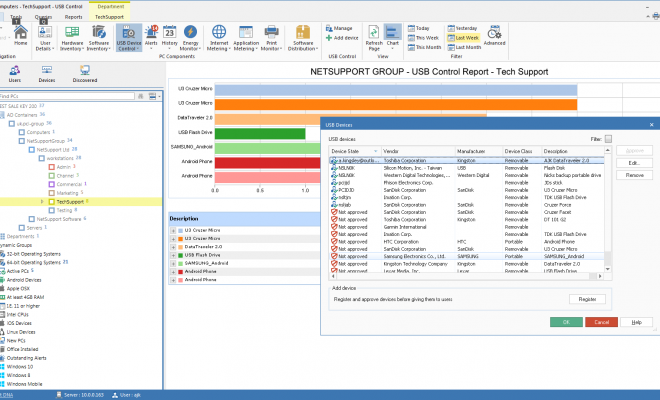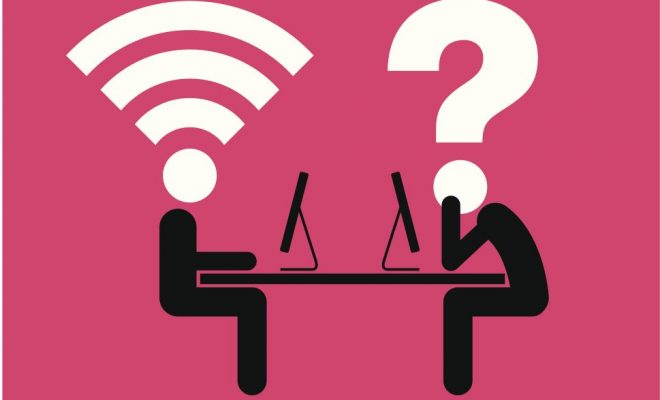You Must Include These 3 Things in Your Edtech Business Plan

Do you have a business plan?
It’s the one question you’re going to be asked a lot as you begin your edtech business. The reasons to write a business plan are many. It’s a way to articulate your vision. The business plan drives your work and also your marketing approach. It also encourages reflection and revision.
Your edtech business plan is your strategic tool for meeting your goals.
To build the best plan possible, you’ll need to include these three things.
Pick a business model
Esteban Sosnik categories common business models for edtech entrepreneurs into four categories:
Bottom-Up (aka, the Freemium model)
This model begins with a free trial approach, and it’s perfect if you’re offering content. Users can download a free trial. Sometimes the download is a “lite” version of the app. Then they can upgrade to the premium version of the app. Some entrepreneurs limit the trial period to 30 days. The grassroots approach is a quick way to build a broad and loyal consumer base.
Institutional
Select this model if you’re offering a school- or district-wide system. You’ll be selling to administrative leaders, so you’ll need to pay careful attention to how you address the needs of your customers. The ability to scale up is essential. The institutional approach takes longer but pays off in big contracts once you jump through district hoops.
Consumer
A consumer-based model transfers costs to families instead of schools. In this model, schools use the edtech at no charge. If families want to use the product at home, they pay for it. Some see this model as a win-win because primary consumers, children, get access during the school day. Investors appreciate this ingenious way of marketing the product to families.
Sponsored
In some cases, you may be able to persuade a corporation to sponsor the purchase of your product for a school. Corporate social responsibility (CSR) is a way businesses can give back to their communities.
Describe yourself and what you do
Write a summary of who you are and what your business does. You’ll need an executive summary, an edtech company description, and an explanation about how you organized your company structure. The narrative is not only helpful for keeping yourself focused on the business, but it also introduces you to investors. You may find it beneficial to include the resumes of your key personnel in the appendix.
Mind the money
Your plan isn’t complete until you show how you’ve thought about money. First, you’ll have to describe the results of your research. How will your edtech solution solve a pressing problem in education? Use quantitative numbers to tell how the results have affected your product development and marketing. Show your accounts payable and receivable. In addition, project how much money you’ll need for at least three years.
As you write your plan, voice your aspirations in a positive tone. Your confidence will sell your idea not just to investors but also to yourself. That’s critical, especially for those times when you feel like giving up on your ideas.
Your business plan will guide you in all decision-making that is yet to come. There are plenty of tips that can help you launch your edtech products and service.






